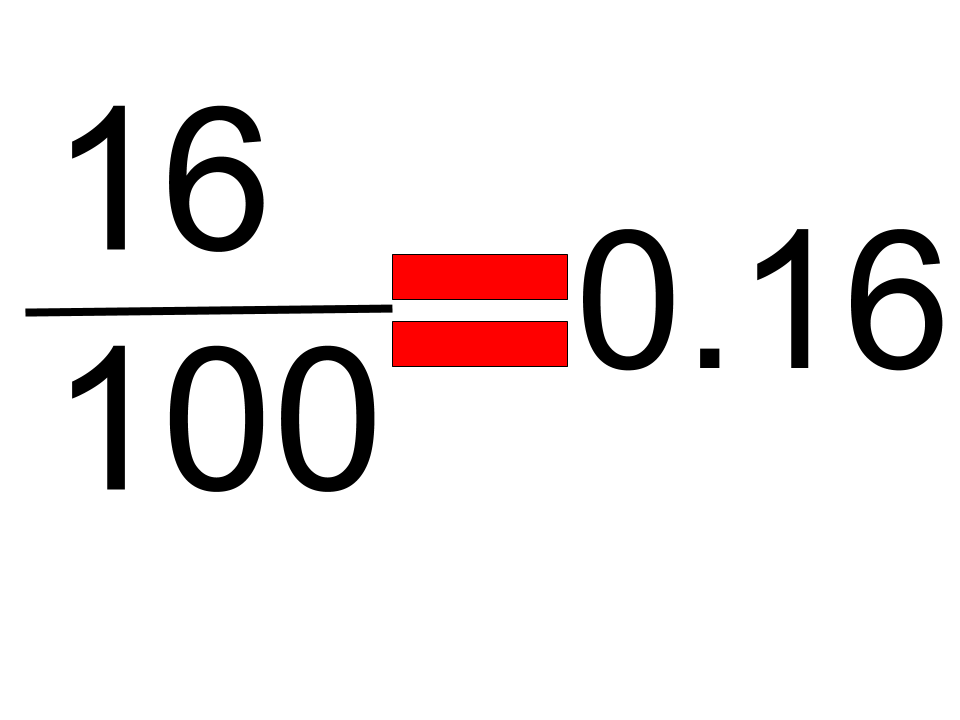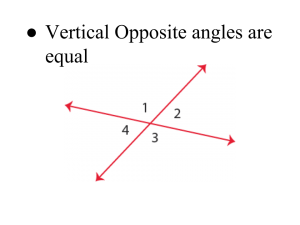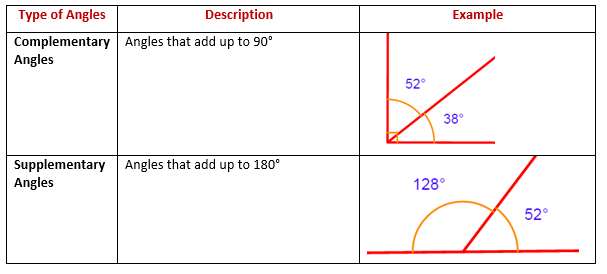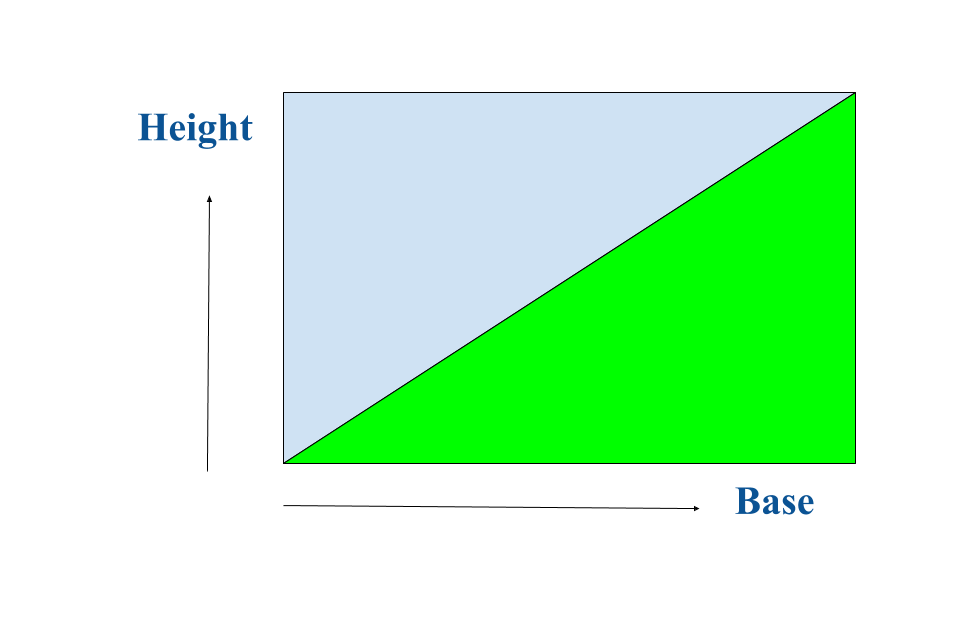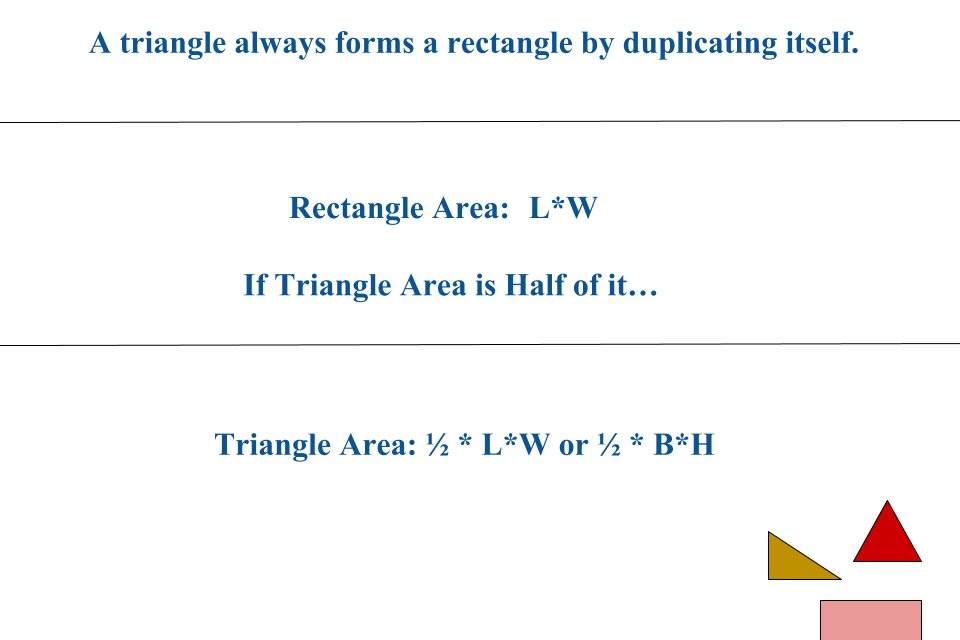Would you choose to learn through memorizing or understanding? This is a critical question for every student out there. I used to be very hesitant to answer this question, probably because of what I’ve experienced. However, as I grow and learn, I could find an answer to this question. Learn through understanding.
I’ve been learning through memories for the whole life of my 6 school years ;grade 1 to 6. Even though I got good grades, I could feel that it is not an efficient way for me to learn. When I study in my government school, memorizing is the main key to get a good grade. However, they should’ve thought about the students understanding as well.
When I came to Liger Leadership Academy, I really enjoy how my learning is being progressed. Specifically in math class, well first of all, math is not a subject that I’m very good at, however my facilitators helps me to grow my understanding and thinking of each math problem.
If our learning were to depend on our memorization only, we’re not going to get to our goal. Like in math, if we only remember the formula, but we don’t know how to do and interpret the formula, you won’t get to the answer. This school year is tough for me, but also interesting. I am introduced to a lot of new things. This year in math class, this is the first time where I work with algebra a lot. Something that is very cool about algebra, or math in general is that it doesn’t only about getting the answer right, but it also teaches us how to think outside the box and being strategic about each problem because in every math problems, there are a lot of strategies that we could have for each problem.


